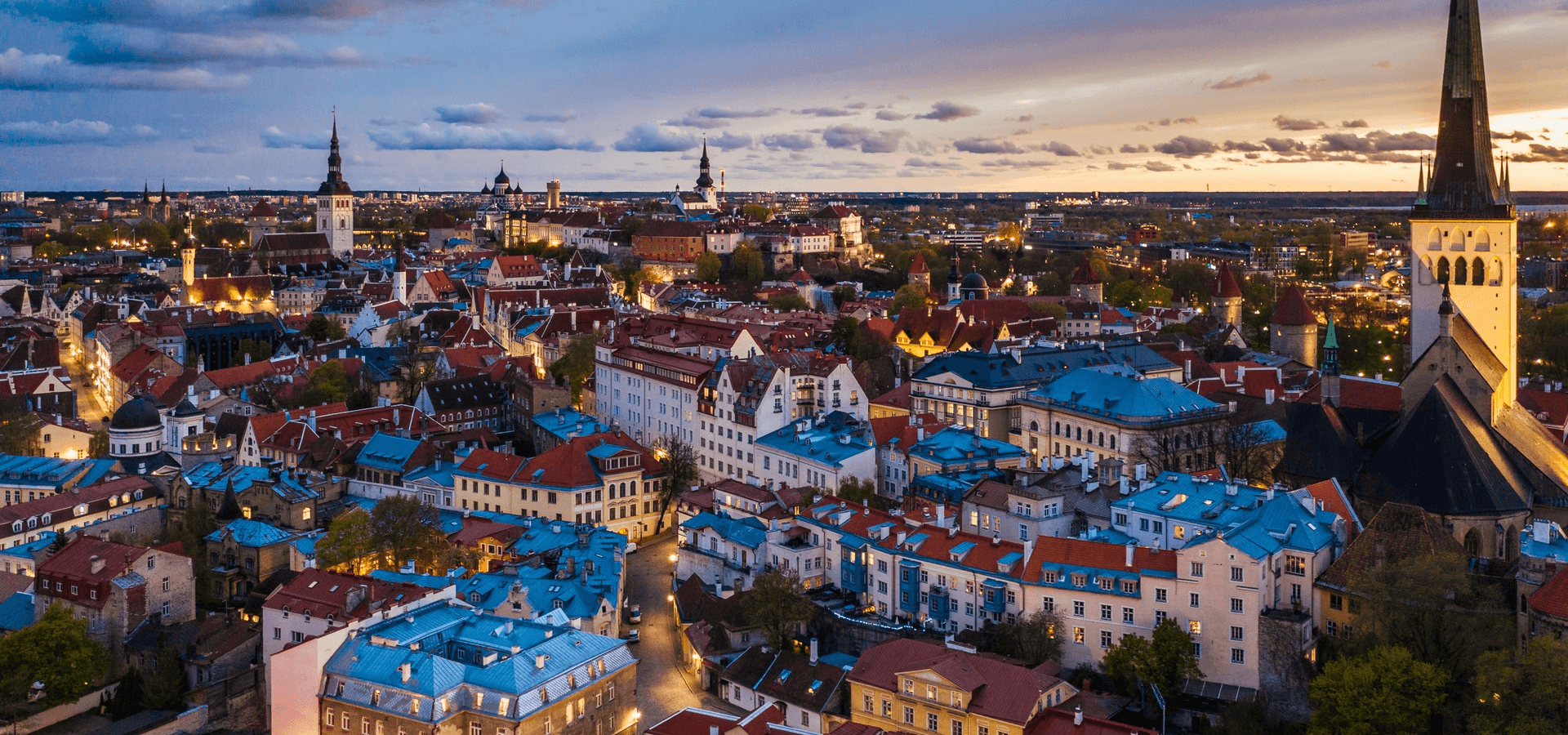The capital city of Estonia, Tallinn, enjoys a stunning coastal location on the Baltic Sea. With pure sea air and a shimmering light that gently illuminates the pale stone buildings of its beautifully preserved historic old town, it’s the perfect place to explore.
Fast becoming a creative and artistic destination, Tallinn has so much to offer visitors. We have gone off the beaten track and found some fun diversions—try these five quirky activities to learn more about this city.

Cycle through a forest and learn about Estonia’s rural history
Take a short bus ride from town center to a charming forest, home to the Estonia Open Air Museum. This 173-acre park has reconstructed houses, homesteads, farms, windmills, churches, schools, apartment buildings, barns, and animal sheds from different communities across Estonia. These date from the 18th to 20th centuries, giving a historic glimpse into Estonian countryside life. A series of paths winds through the forest, connecting the different buildings.
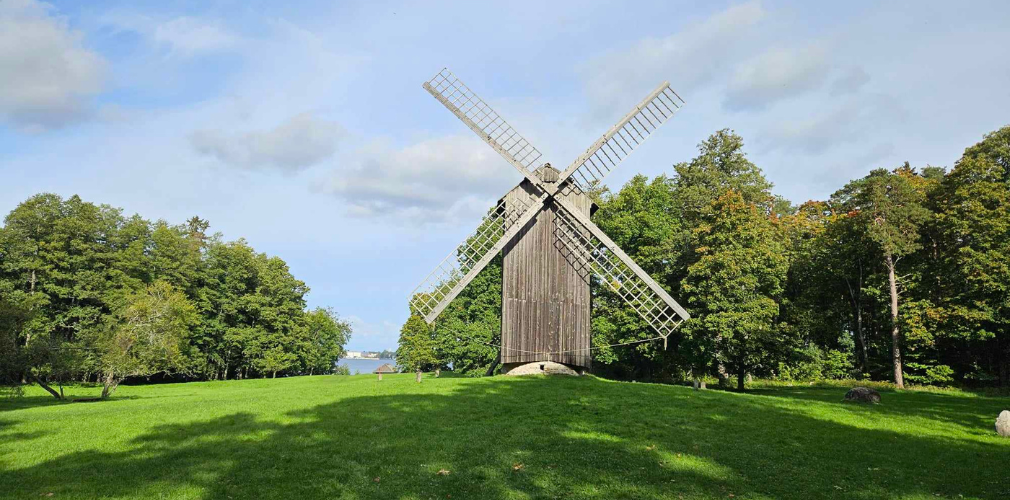
Many of the dwelling are furnished to correspond to the era and region of Estonia. Some of these buildings appear inhabited—guides dressed in appropriate costumes talk visitors through their domestic lives—for a delightful way to learn more about the country.
If you get hungry on your adventure, there is a superb restaurant serving authentic rustic Estonian food. The Kolu Inn is considered one of the best restaurants in the capital for traditional cuisine. Try the open herring sandwich for a taste of the sea, or a warming hearty soup.
Most people visit the museum on foot, but consider hiring a bicycle at the entrance; the lack of motor traffic makes riding the peaceful forest paths a delight.
Discover outdoor musical installations
Tallinn is home to two unusual sound structures—one piece of street furniture and one sculptural building. Both have been designed with music in mind. Right in the center of town is a stone bench, but with a key difference. Designed to look like a piano keyboard, the Chopin Bench was a gift from the Embassy of the Republic of Poland to the city of Tallinn and features hidden speakers that play extracts from Chopin’s only concertos designed for piano and orchestra.
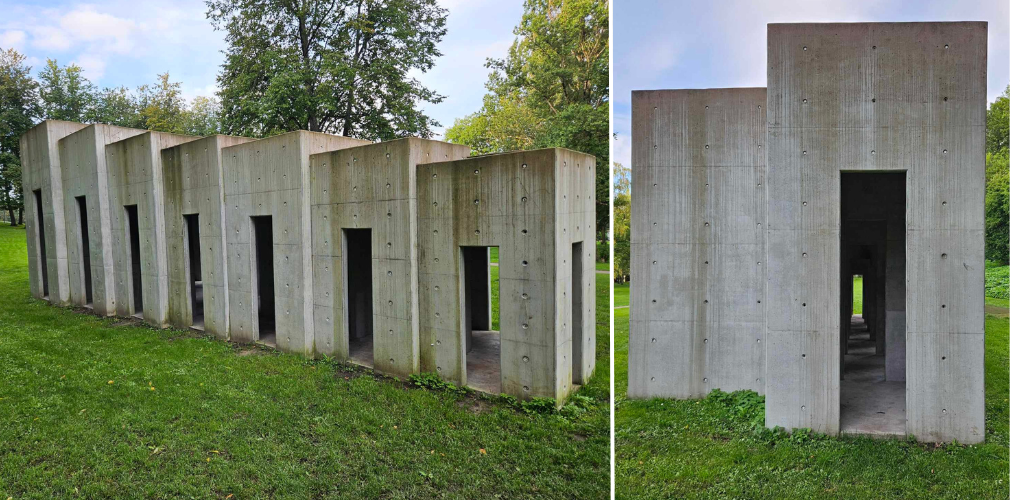
On the edge of the city close to the concert hall, in the aptly named Song Festival Park, is a quirky concrete structure that resembles a line of sentry boxes. Designed by sound sculpture artist Lukas Kühne and called “Cromatico”, the structure’s chambers each have a different vibration. Together they create a chromatic scale in the key of F, in response to sounds made inside.
Walk along the seafront to an unusual graveyard
Enjoy the fresh sea air on Tallinn’s lovely oceanside promenade, as you head north out of the city towards the Maarjamäe Palace. This beautiful 19th-century building is now part of the Estonian National History Museum.Behind the main museum building is a large green space, punctuated with strips of concrete, each leading to an abandoned statue from the Soviet era. Twenty-one statues created between 1945 and 1990 occupy this large outdoor space, depicting figures from the era including Vladimir Lenin and Joseph Stalin.
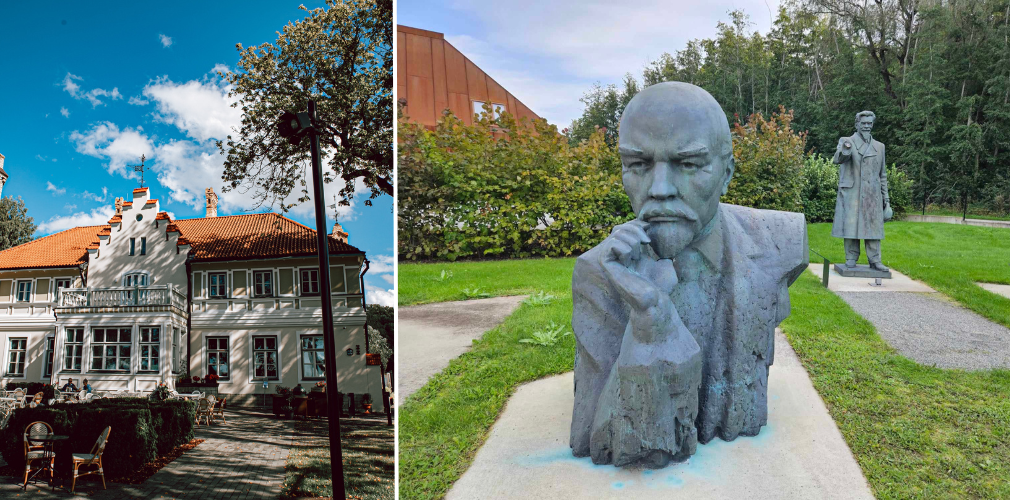
Each statue has a plaque explaining the subject depicted and where the statue was previously displayed in the city. Most are the work of Estonian artists. This new, sensitively curated exhibition allows the artists’ craft to be displayed, without glamorizing the subject matter.
Visit authentic farmer’s markets and enjoy the very best seasonal produce
Many tourists head to the most famous market in Tallinn, Balti Jaam—a purpose-built space divided over three floors, with close to three hundred traders and a tempting street food area. It’s conveniently located right next to the railway station.

On the other side of town is Keskturg, a less-visited farmer’s market, offering the riches of land and sea to a mostly local crowd. There are warehouses selling fish and meat and covered outdoor spaces laden with jewel-colored fruits and vegetables. Sea buckthorn, berries, fungi—foraged and cultivated produce—scent the air and make this a truly authentic Estonian food experience. A couple small booths around the central market area offer refreshments in the form of tempting pastries and snacks, but there’s a larger Korean restaurant on site too.
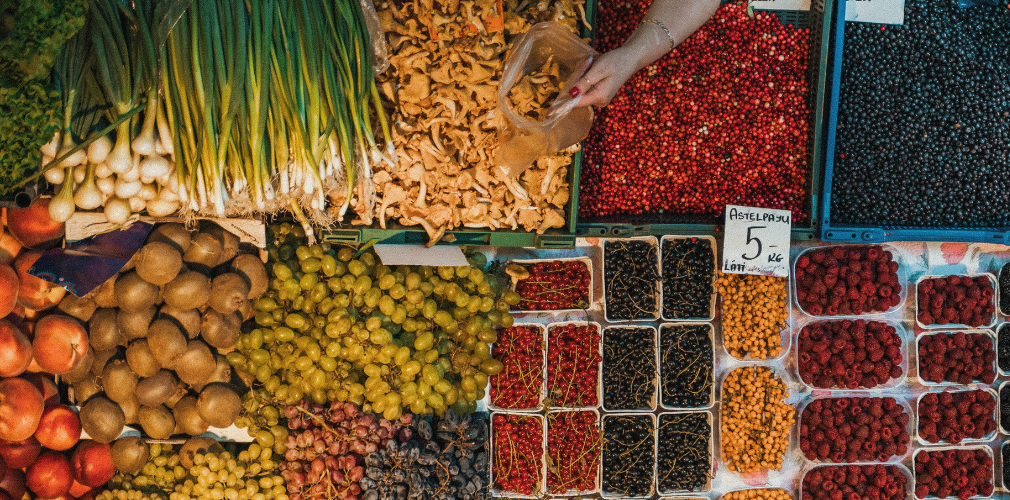
Ride a glass elevator in an ancient church and discover unusual artwork
The magnificent medieval church building St Nicholas is a must-see on a tour of Tallinn’s old town. No longer used for ecclesiastical events, it has become an outpost of Estonia’s National Art Museum, and holds some astonishing examples of religious art throughout the ages. Tombstones, triptychs, carvings, and paintings are thoughtfully displayed throughout the architectural space.

Perhaps the most impressive exhibit is a large fragment of Bernt Notke’s famous Danse Macabre, displayed along a wall in one of the chapels. Originally 98 feet wide, this 15th century artwork shows skeletons dancing amongst the living—a reminder that we are all equal in our mortality.
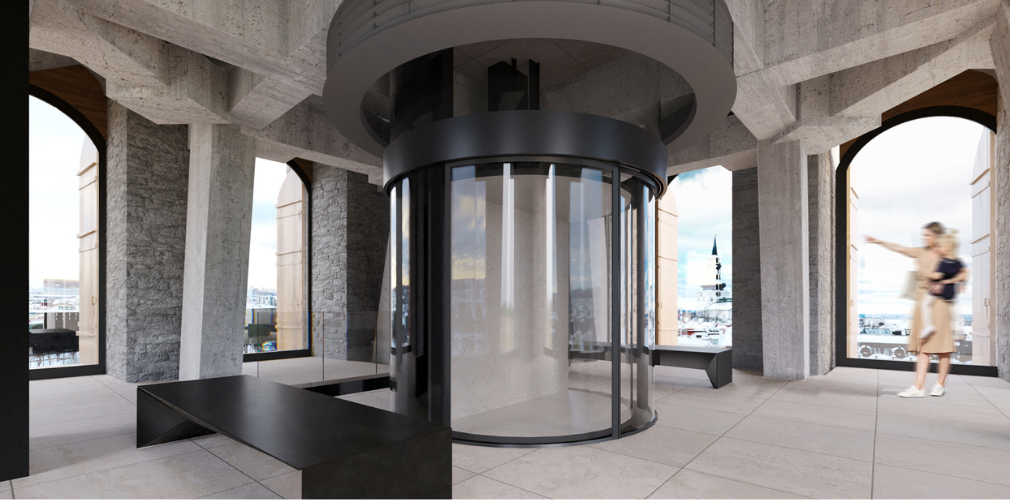
If all that imagery of death feels too dark, soar heavenwards in a state-of-the-art glass elevator, which rises through the three floors of the church to a sky deck, giving wonderful views over the rooftops of the old town.




